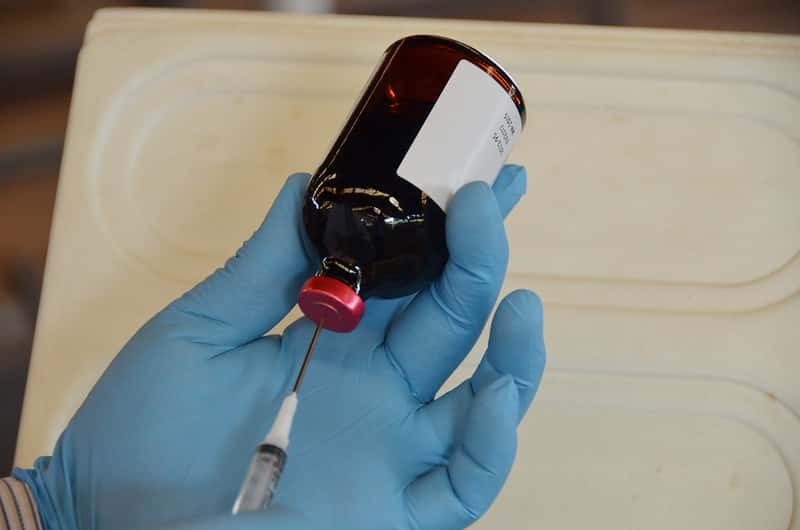
The incentives that companies use to help develop new antibiotics for food animals are coming under pressure.
A USDA research economist says those incentives are being pressured by high development costs, changing markets, and shifting consumer trends.
The trade industry website Meating Place Dot Com says sales in antibiotics in both the U.S. and Europe are dropping, and incentives for companies that manufacture new branded or generic products are slipping as well.
Those pharma companies have to cope with research-and-development costs that could run for 10 years from the first idea to market.
The companies also have to contend with regulations that ban the use of medically important antibiotics which are used to treat humans.
They also have to respond to growing consumer demand for food from animals that haven’t been treated with antibiotics.
It’s becoming more expensive for companies to develop alternatives, even if it’s reforming earlier antibiotics.
Livestock farmers who can’t use antibiotics to treat their animals are in for slower animal growth rates, a higher cull rate, and even could be affected by growing ineffectiveness of the current drugs.
Industry experts say government regulators want to see non-medically important antibiotics developed for animals to treat bacterial infections once they appear.
